This is a continuation of our posts of April 2 and July 6, 2015 in which we introduced the beginning and mid-life of the history of the very influential Thomy Lafon School named in honor of Creole philanthropist Thomy Lafon.
On December 18, 1952 the most prominent headline of the stories on page 13 of The Times-Picayune was “Records Explain Casket Mystery” with the subheadline “New School Site Was Old City Cemetery Area.” It tells the story of the mystery of human bones and caskets found by workmen at the site of the new Thomy Lafon School .
The story told how “after a day of scholarly sleuthing” in city records by the New Orleans Parish School Board’s office of planning and construction the mystery had been solved. As we know from the first installment of this 3-part series on the Thomy Lafon School the school was initially constructed on the site of the Locust Grove Cemetery the city’s cemetery for indigents and those who had succumbed to diseases such as yellow fever. It is apparent that the School Board’s office of planning had not done its research to know, or care about, this history beforehand.
What they found by doing a records search in the city archives was that the land was part of the old McDonogh estate, sold to a private owner in 1859, and the estate was divided between the cities of New Orleans and Baltimore. In 1865 a second private owner of the property sold it to the city, which set it aside “for cemetery purposes only.” However, all was ignored when powerful city and school organizations decided to erect the Thomy Lafon School on this site and it was
determined that the bones uncovered during excavation would be reburied by the city. Efforts would be made not to disturb any more burial locations than necessary in the construction of the school.
Nonetheless, in the early 1950s a new school was being erected.
Designed by Curtis and Davis Architects and completed in 1954, the Thomy Lafon School was nationally hailed as a model in progressive school design.
The Lafon school embodied state-of-the-art philosophies about educating children and providing them with a modern, uplifting school environment. It also won an honor award from the American Institute of Architects for its design. Its classrooms were located high above the ground atop arched concrete piers, and the walls were largely made of glass to give children treetop views. Shaded play areas were beneath the raised structure.
According to the Louisiana Landmarks Society the Thomy Lafon Elementary School was built on raised piers that saved it from the floodwaters after Hurricane Katrina that would occur in 2005. The open space underneath the elevated structure helped to cool the building in the cloying New Orleans climate. As is well-known in the Gulf Coast region breezes naturally cool an elevated structure. In the case of the Lafon school, the elevated structure also created a wealth of covered play space, protected from the elements. The school was built with a sensitivity to local environmental conditions. The exterior walls were mostly glass which gave the children new perspectives, as well as an abundance of natural light and ventilation. The Landmarks Society went on to say that the building was solidly engineered, designed in sympathy with our climate, and had become part of our cultural and historic fabric.
The building was located at 2601 Seventh Street at the former center of the Magnolia Street Housing Project, which was demolished to make way for the Harmony Oaks housing development. Though the school was in operation until Hurricane Katrina and did not flood, from the outset the Recovery School District had been adamantly opposed to its reopening and had sought FEMA money to raze the building. The proposed use of federal funds for demolition triggered the Section 106 process as established in the 1966 National Historic Preservation Act. The act requires that properties to be affected by such plans be evaluated for their historic worth to mitigate harmful effects to significant structures. The Thomy Lafon School was deemed eligible for the National Register of Historic Places in 2009 by FEMA and the State Historic Preservation Office, embroiling the building in further controversy as interested parties lobbied either for or against its demolition and there was a series of meetings on March 24, 2010 concerning the Lafon school.
Unfortunately, the question of Lafon’s preservation was rendered virtually obsolete by a bizarre twist of fate taking most of those involved by complete surprise. Research showed that the building stood on land once occupied by Locust Grove Cemeteries #1 and #2. Though some bodies were relocated historic accounts and recent archaeological work indicated that remains were still interred on the site. This circumstance brought into play the Louisiana Unmarked Burial Sites Preservation Act and the Louisiana Cemetery Act which dictate that the site not be used in any way inconsistent with cemetery use, though precedents have been set for using unmarked cemetery lands as parks or playgrounds. No such laws were on the books when remains were discovered in 1952 when ground was broken on the modernist school. The Thomy Lafon School could have been legally converted into a mausoleum, but zoning laws and the wishes of Harmony Oaks’ residents made that option unlikely.
The March 2010 meeting was largely dedicated to an effort to review the draft Memorandum of Agreement between FEMA and consulting parties. MOAs establish a course of action to be taken with a specific property; in this case, the draft outlined how the Thomy Lafon School could not legally or feasibly be reused and, by default, would be demolished.
This historic modernist school in Central City, the Thomy Lafon School, was listed in the 2008 “New Orleans’ Nine Most Endangered Sites” by the Louisiana Landmarks Society, but nothing, apparently, could save it.
Currently, the area is fenced off with seemingly no access for the public. There are stone “remembrance orbs” dedicated to Creole philanthropist Thomy Lafon, the three schools named in his honor and Locust Grove Cemetery. The area is located between Sixth, Seventh, Freret and Magnolia Streets in New Orleans.
Sources: The Times-Picayune, Thursday, December 18, 1952, page 13; “An Investigation Into the Ethnographic and Historical Significance of the Holt Cemetery,” Ian Christopher Morgan Branyon, 1998, University of New Orleans Special Collections; Curtis & Davis Architects, Folder OPSB-147, Box 12, University of New Orleans Library, Special Collections; “2 New Orleans public schools are demolished in post-Katrina rebuilding campaign,” nola.com, September 4, 2011; “Thomy Lafon Elementary Headed for Demolition; Hope Remains for Salvage and Documentation,” http://docomomo-nola.blogspot.com, April 2, 2010; “Demolition underway on historic Lafon school in Central City, http://uptownmessenger.com, August 30, 2011; author Keith Weldon Medley; “A Reason for Smiles in Back of Town,” Life magazine, March 29, 1954.
Lenora Gobert
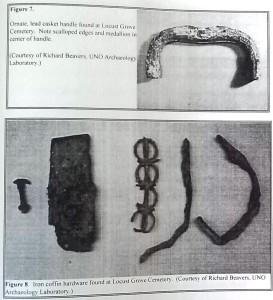
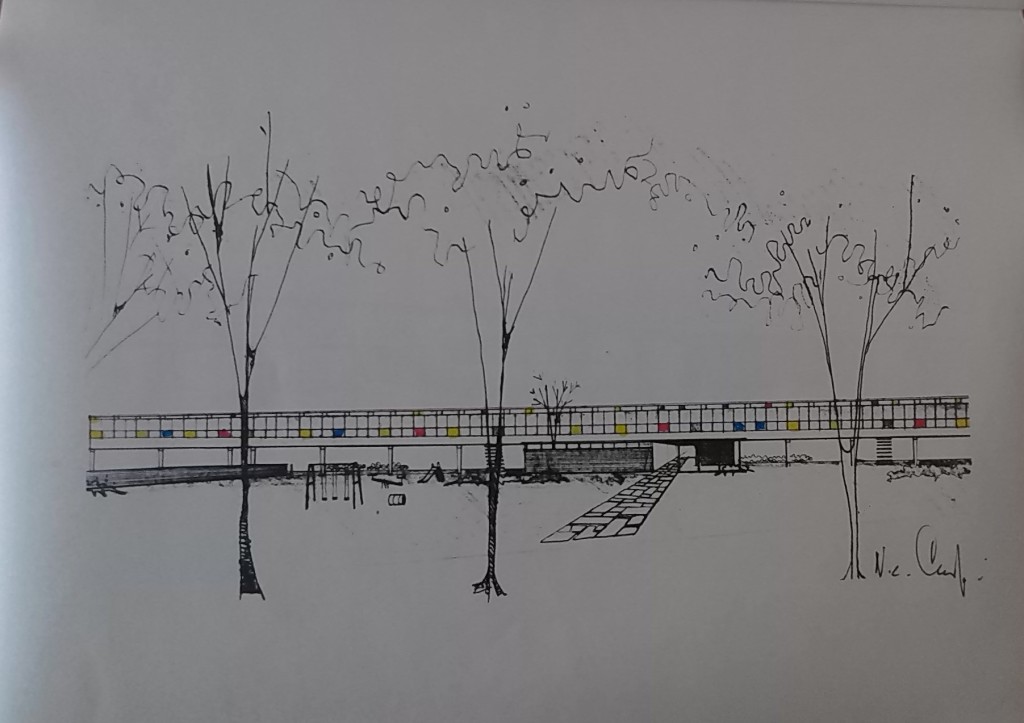
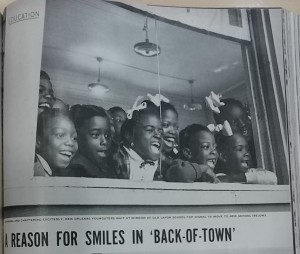
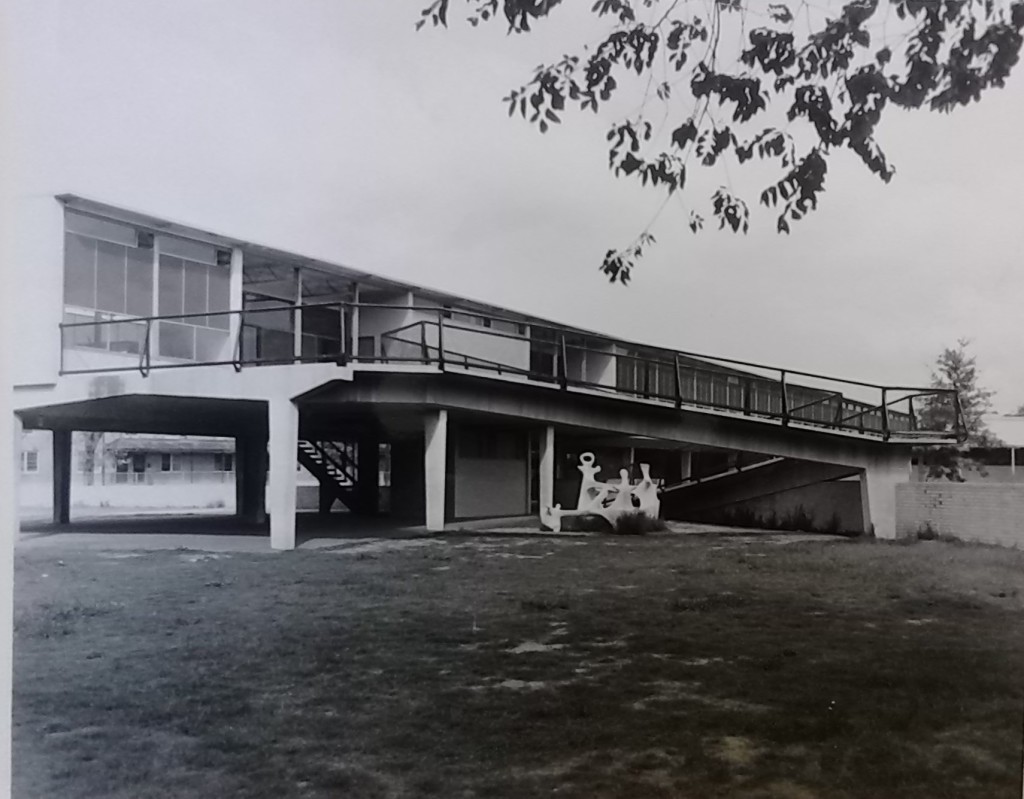
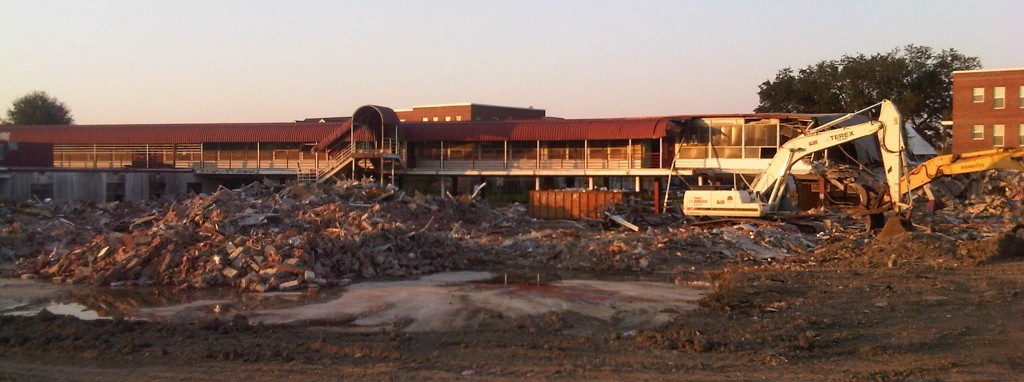
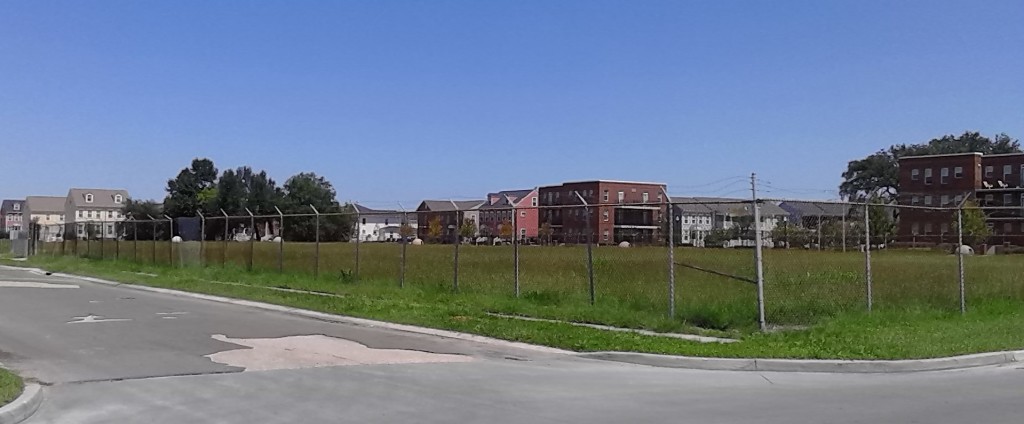
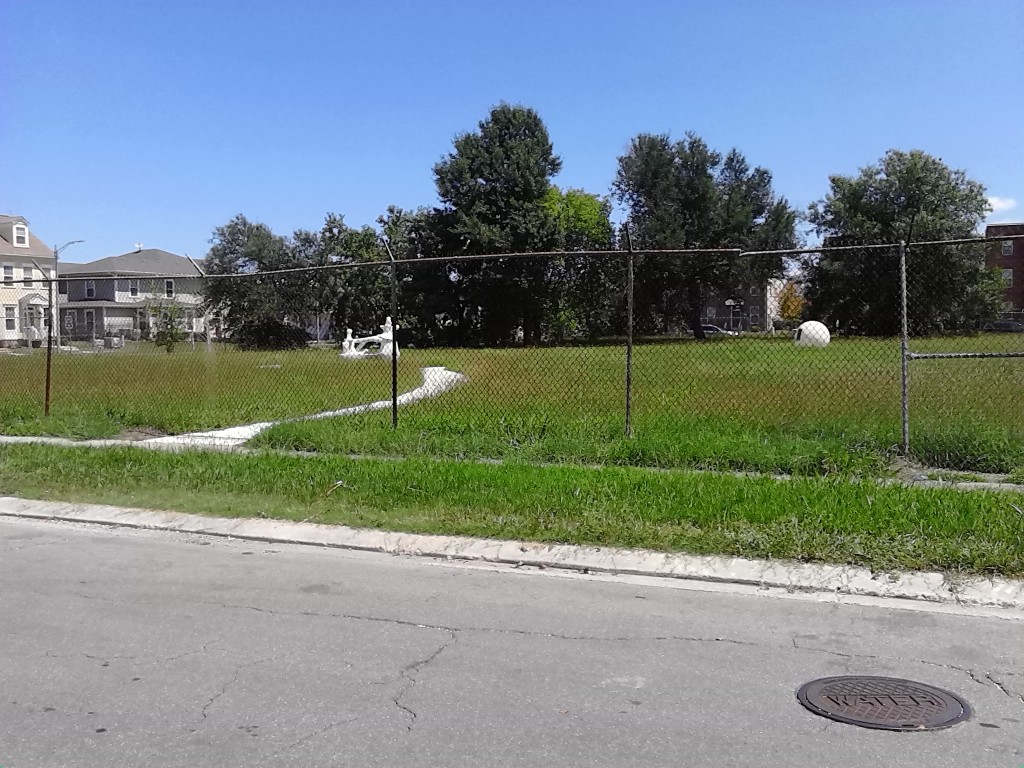
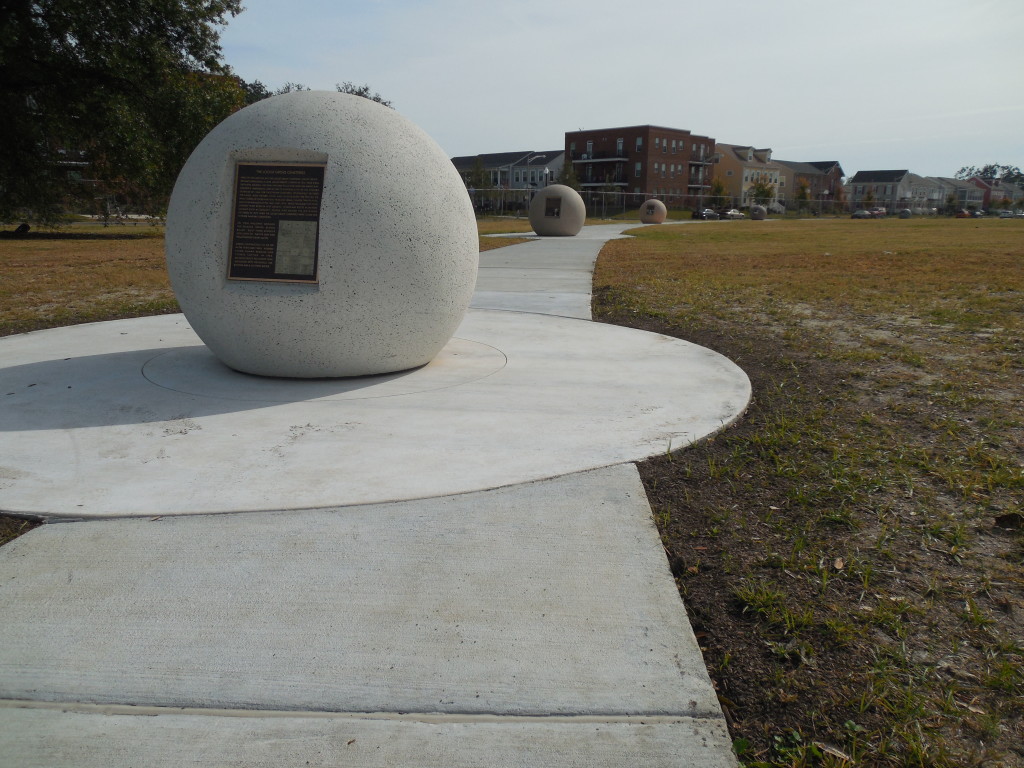



My aunt, Mrs. Ceola Smith, was the secretary at Lafon . I believe she was there during the late fifties and early sixties. At one time she also resided in the Magnolia Housing Project. Her grandfather was Andrew J. Bell.
I attended this great school from 1st grade to 6th before moving to Kenner. Four other siblings also attend. We left in 1975. We had excellent teachers that cared about our education.
I attended Lafon in the 1940s, graduated from the 8th grade there in 1948. I figure I must have started the 1st grade there in 1939 at the age of 6. I have pictures. lenprice33@aol.com
My mother and father attended this school in the 1940s.
Well I know one thing. I attended Thomy Lafon in 1996 to 1998 and I had two of the most highly favorable teachers. Mrs. Becknell and Mrs. Davis were two well known individuals that worked hard, I mean so hard with all their kids that listened to them. These kids are still living and out of jail. I wanna say that because I was one of those kids and I thank both of you for your love and support. May God bless you…………..
Mrs. Dacus used to make the best sugar cookies and she would sell them on the yard. Mrs. Cohn wasn’t so bad either. I believe that was her name. She was really tall with curly grey hair.
This was the first school I attended in Kindergarden from approximately Sept. 1949 till June 1951
I attended 5 & 6 grades in 1964-65.
I attended the school when it first opened. It was fun playing under the building during lunch time. It was light filled and such a treat to have a new school. I lived less than blocks away,
The picture at the top of the page is not the Lafon School but rather the old Wheatley School. The other pictures are correct. Also, McDonogh is misspelled – there should not be a “u.”
Ken, thank you for those comments. We have noted and corrected.
My first teaching assignment was at Thomy Lafon in 1965. Hurricane Betsy caused a lot of damage to the newer building on the school site. We had a lot of cleaning up to do before we could open up that school year. Mr. Williams was the principal followed by Emmanuel Foy.
I attended Thomy Lafon from kindergarten to 6th grade in the early 1960’s. I loved my time there remembering the fun we had playing under the “Breeze Way”. My best times were the school plays held at Booker T. Washington every year. I remember the 6th grade. I was in a play with a beautiful blue gown my mom made. We danced to the Blue Daniel Waltz. I remember my partner had trouble dancing. Those were the days.
I lived at 2915 Magnolia St directly across the street from this most important landmark! Both my brother Dawson and I attended Lafon School from 1st thru 6th grade during the early 70’s. We feel like apart of our history was wiped away when the school and the Magnolia Projects was demolished!!!!
I want to name a few of the teachers I remember who made an impact on my life while at Thomy Lafon.
1. Mr. Benny Weathers (the Truth)
2. Mrs. Lumzy
3. Mrs. Hart
4. Mrs. Carr
5. Mrs. Downs
6. Mrs. Ellie
7. Mrs. Gibson
8. Mrs. Wheeler
I attended Thomy Lafon, 1949 -1955. I remember when part of the school burned and the new edition was built. I remember the school day being split during construction. Before then, my 2nd grade teacher, Miss Robert’s took me under her wings at a most critical time in my life.
I’ve never forgotten her. I had to attend morning sessions in 3rd grade as the school day was split to accommodate all students. My teacher was Ms Tillie Brazil?? She had a twin sister. Millie who was also a teacher. I have no recollection of anything during 4th & 5th grade. I do remember 6th grade somewhat. My teacher then was Ms Demesmie. She was a real source of encouragement to me.
My brother, sister and I attended Thomy LaFon from 1962 to 1968. What a great experience. I loved my teachers, Mrs. Weil, Mrs
Pennington, Mrs. Barnes, Ms. Johnson and Ms. Jackson.
I’ve never found any information nor can I remember ever hearing how Thomy Lafon burned in the early 50’s. Was it 1952? Which month? Where can I find this info?
I attended Thomy Lafon from 1st thru 4th Grades, 1954- 58.
1st grade- Mrs. Morrell
2nd grade- Mrs. Hunter
3rd grade- Mrs. Butler
4th grade- Mrs. Garrett- Johnson.
Those were my wonderful teachers. I will always remember them.